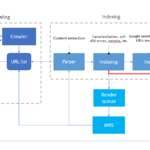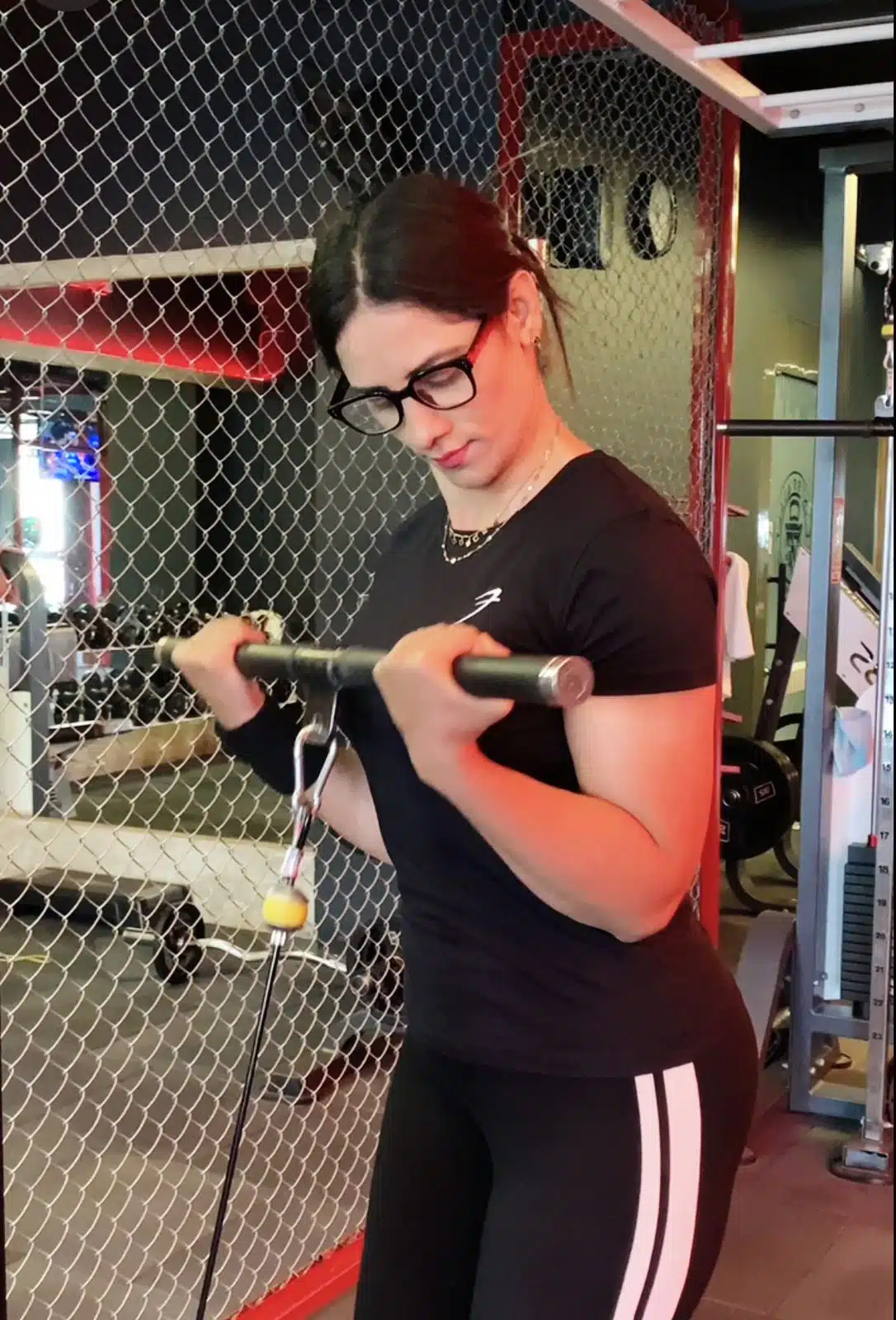How to Overcome Fitness Plateaus: A Complete Guide to Restart Your Progress
By Niraj Dhuper, FITTR Coach
Introduction
You’ve been consistent at the gym, eating clean, and following your plan—but suddenly, your progress stalls. The numbers on the scale won’t move, your strength isn’t increasing, and your motivation starts to drop. Congratulations—you’ve hit a fitness plateau, a completely normal phase in every fitness journey. But don’t worry, with the right adjustments, overcoming a fitness plateau is entirely achievable.
This article will guide you through scientifically-backed and practical strategies to break through plateaus and continue making gains in strength, fat loss, or muscle building.
1. Change Your Workout Routine
Why it works:
When you perform the same exercises repeatedly, your body adapts to the stress, reducing the stimulus for change. This is called the principle of accommodation.
What to do:
- Introduce new exercises: If you’ve been doing bench presses, try dumbbell chest presses or push-ups.
- Vary training methods: Switch from steady-state cardio to interval training or try a new split (e.g., upper/lower body split vs. push/pull/legs).
- Alter rep ranges: Moving from 8–10 reps to 4–6 or 12–15 can stimulate new adaptations.
2. Adjust Workout Intensity
Why it works:
As your fitness level increases, the same intensity no longer produces results. Progress demands more challenge.
What to do:
- Lift heavier weights to increase strength and muscle stimulus.
- Reduce rest periods between sets to enhance cardiovascular demand.
- Add HIIT sessions: Just 15–20 minutes of high-intensity intervals 2–3 times per week can boost fat burn and metabolism.
3. Focus on Progressive Overload
Why it works:
Muscle growth and strength gains require the body to handle more load over time—a principle known as progressive overload.
What to do:
- Add 2.5 to 5 kg more to your lifts every 1–2 weeks.
- Increase reps or sets gradually.
- Improve form and tempo: Slow down your reps or focus on time under tension for better muscle recruitment.
4. Incorporate More Recovery
Why it works:
Overtraining without proper rest can spike cortisol levels, break down muscle, and lead to plateaus. Recovery is where the magic happens.
What to do:
- Sleep 7–9 hours per night to support hormonal balance and muscle repair.
- Include active recovery days like swimming, walking, or yoga to boost circulation and aid recovery.
- Use foam rolling and stretching to enhance flexibility and prevent injury.
5. Evaluate Your Nutrition Strategy
Why it works:
Your body needs sufficient and targeted nutrition to continue progressing. A mismatch between your energy needs and intake can lead to stagnation.
What to do:
- Assess your caloric intake: Use a TDEE calculator to adjust your deficit or surplus.
- Try a strategic diet break: For fat loss plateaus, increase calories to maintenance for 1–2 weeks, then return to a deficit.
- Balance your macros: Ensure your diet supports your goal—enough protein for muscle, carbs for energy, and fats for hormonal health.
6. Track Your Progress Consistently
Why it works:
Without accurate tracking, it’s difficult to identify what’s working and what’s not. Data-driven fitness leads to results.
What to do:
- Log your workouts in an app or journal (weights, sets, reps).
- Take weekly measurements and photos—not just rely on weight.
- Note down how you feel after workouts to assess fatigue and recovery.
7. Stay Hydrated Throughout the Day
Why it works:
Hydration affects every aspect of fitness—muscle function, metabolism, recovery, and focus.
What to do:
- Drink at least 3–4 liters per day, more if you’re training intensely.
- Use electrolyte drinks during long or sweaty sessions.
- Start your day with water to kickstart metabolism and digestion.
8. Manage Stress Proactively
Why it works:
Chronic stress can lead to increased cortisol, which promotes fat storage and muscle breakdown, hindering your goals.
What to do:
- Practice deep breathing or mindfulness for 10 minutes daily.
- Spend time on non-fitness hobbies to mentally unwind.
- Prioritize time management to reduce work-life stress overload.
9. Seek Professional Guidance
Why it works:
A certified coach or personal trainer can analyze your routine, form, and nutrition to find blind spots and help push through plateaus.
What to do:
- Hire a coach for custom training and meal planning.
- Join a structured challenge for accountability.
- Ask for a movement analysis to improve exercise efficiency and avoid injury.
Frequently Asked Questions (FAQs)
Q1: How long does a fitness plateau last?
A fitness plateau can last from a few weeks to several months if not addressed. The key is identifying the root cause—routine, diet, recovery, or mindset.
Q2: Should I take a break from training during a plateau?
Not necessarily. A deload week or active recovery phase can help. However, quitting altogether may reverse your progress.
Q3: Can fitness plateaus happen during weight loss and muscle gain?
Yes, both fat loss and muscle-building goals can stall. That’s why it’s important to reassess both training and nutrition every few weeks.
Q4: Will increasing cardio help break a plateau?
Possibly, but more isn’t always better. Instead, optimize the type and timing of cardio (e.g., HIIT vs. LISS) in line with your goal.
Q5: What role does mindset play in overcoming plateaus?
A major one. Plateaus can lead to discouragement. Staying consistent, being patient, and trusting the process is vital for long-term success.
Final Thought: Break the Plateau, Reignite Your Progress
Fitness plateaus are not setbacks—they’re signs that your body has adapted and is ready for the next level. The solution isn’t to give up, but to strategically change direction. Whether you’re lifting more, adjusting your diet, or taking more rest, small tweaks can make a big impact.
Stay consistent, stay curious, and remember: real progress is not always linear, but it’s always possible.
#fitnessplateau #howtoovercomefitnessplateau #breakplateau #fitnesstransformation #HIIT #progressiveoverload #dietbreak #musclebuilding #fatloss #fitnesscoach #fitjourney #fitnessblog #fittrcoach #fitat43 #fitnessmotivation #trainingtips









